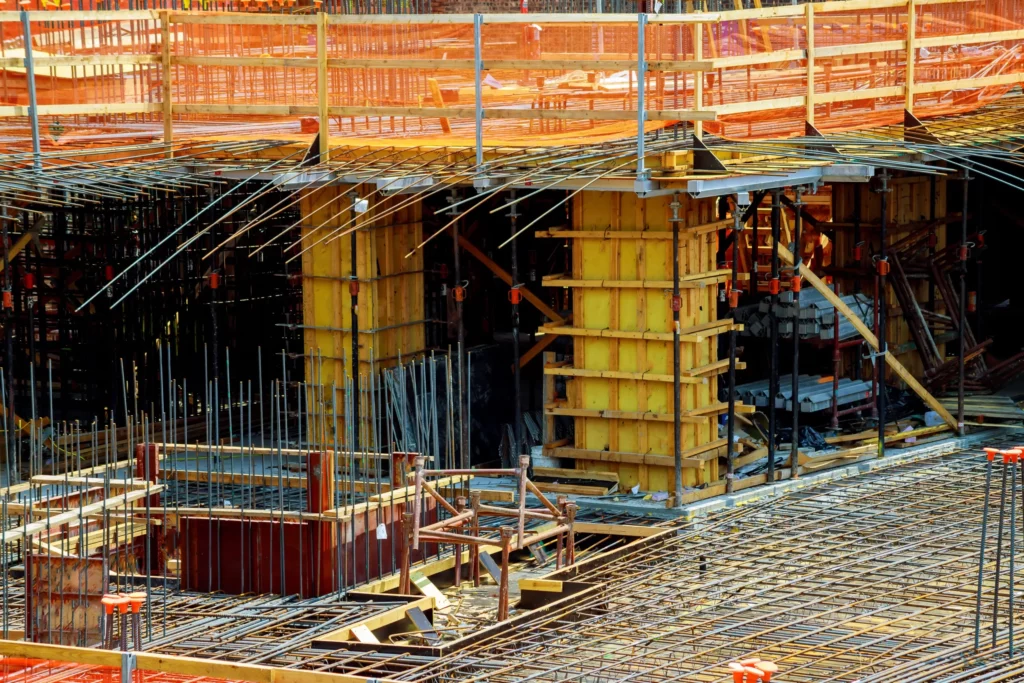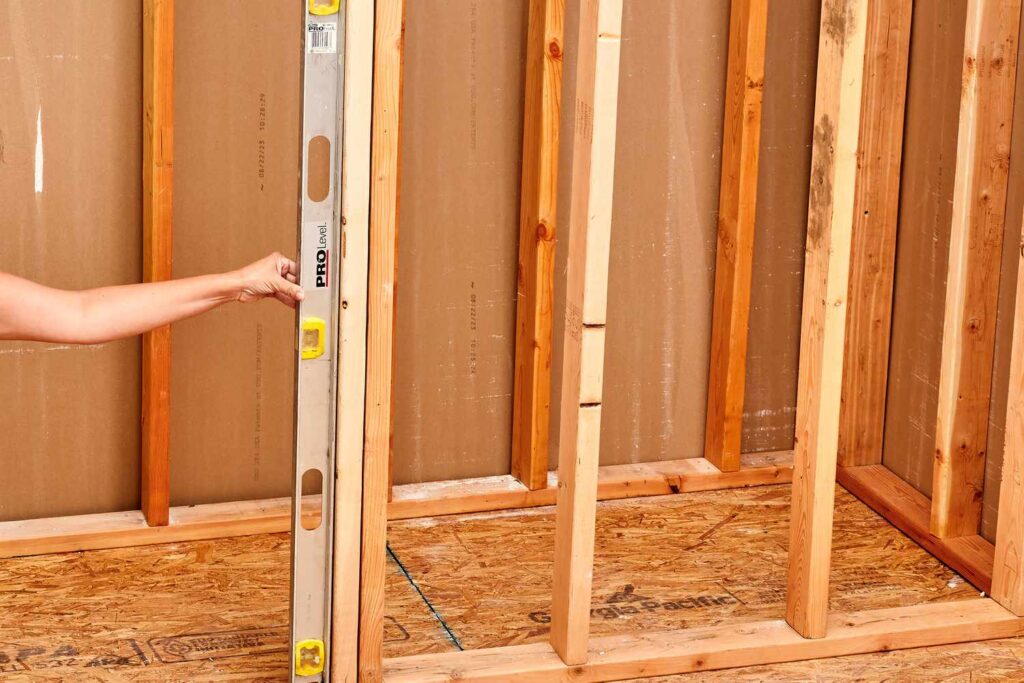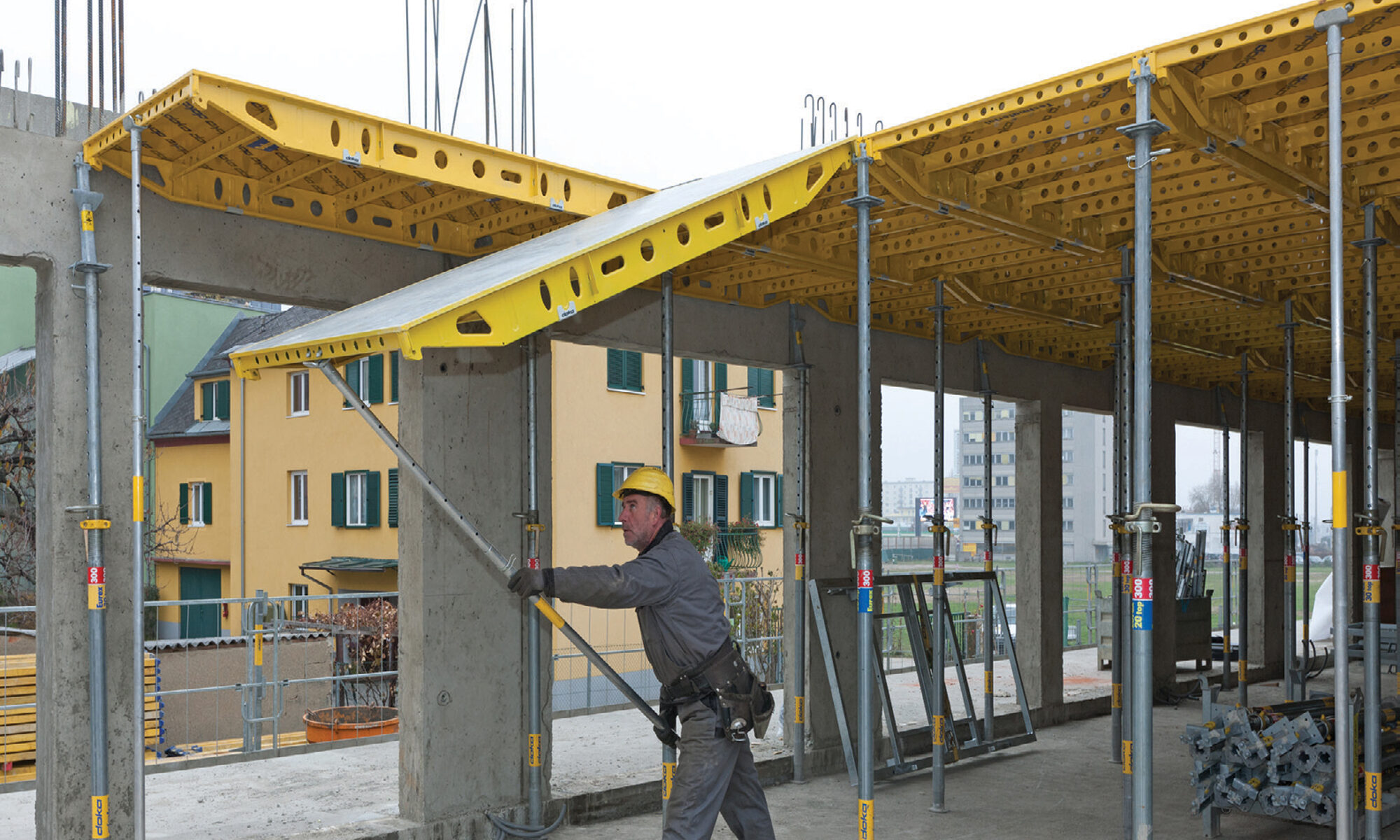In recent years, the construction industry has witnessed a significant shift towards innovative materials and methods. One such advancement is the increasing use of Laminated Veneer Lumber (LVL) formwork. This article delves into the reasons behind the growing popularity of LVL formwork, examining its benefits, applications, and the factors contributing to its rise in the construction sector.
Understanding LVL Formwork
Laminated Veneer Lumber, or LVL, is an engineered wood product made from thin layers of wood veneers that are glued together under heat and pressure. This process results in a material that is not only strong and durable but also highly versatile. LVL formwork is primarily used in the construction of concrete structures, providing a temporary mould to shape and support the concrete until it sets.

Composition and Characteristics
The composition of LVL gives it unique characteristics that make it suitable for formwork applications. The veneers are arranged in a parallel configuration, which enhances the strength and stability of the final product. As a result, LVL can support heavy loads without warping or cracking, ensuring that the formwork remains intact during the concrete pouring process.
Additionally, LVL is less prone to moisture absorption compared to traditional timber, which reduces the risk of deformation. This moisture resistance contributes to the longevity of the formwork, making it a cost-effective option for construction projects. Furthermore, the manufacturing process allows for the use of fast-growing, sustainable timber species, which not only helps in preserving more mature forests but also aligns with contemporary environmental standards and practices.
Comparative Advantages Over Traditional Materials
When compared to traditional materials such as plywood or steel, LVL formwork offers several advantages. Firstly, it is significantly lighter than steel, making it easier to handle and transport. This reduction in weight can lead to lower labour costs and quicker assembly times on site.
Moreover, LVL can be produced in large sheets, allowing for fewer joints and seams. This seamless design not only enhances the aesthetic finish of the concrete but also reduces the likelihood of leaks during the pouring process. Consequently, contractors can achieve a smoother and more uniform surface, which is essential for many architectural designs. Beyond its physical attributes, LVL also boasts excellent dimensional stability, which means that it maintains its shape and size over time, even when subjected to varying environmental conditions. This stability is crucial in ensuring that the formwork remains precise and effective throughout the construction phase, ultimately leading to a higher quality end product.

Benefits of Using LVL Formwork
The benefits of LVL formwork extend beyond its physical properties. Its adoption in the construction industry is driven by several key advantages that contribute to overall project efficiency and sustainability. Read more about efficiency on http://webhome.auburn.edu/~johnspm/gloss/efficiency.phtml
Cost-Effectiveness
One of the primary reasons for the increasing popularity of LVL formwork is its cost-effectiveness. While the initial investment might be higher than traditional materials, the long-term savings are substantial. The durability and reusability of LVL formwork lead to reduced material costs over time.
Additionally, the lightweight nature of LVL reduces transportation and handling costs, allowing for more efficient logistics. This efficiency can significantly impact the overall budget of a construction project, making LVL an attractive option for contractors and developers alike.
Environmental Sustainability
As the construction industry moves towards more sustainable practices, LVL formwork aligns with these goals. LVL is manufactured from sustainably sourced timber, which is a renewable resource. The production process also utilises less wood compared to solid timber, making it a more efficient use of materials.
Furthermore, LVL formwork can be reused multiple times, reducing waste and the need for new materials. This reusability not only benefits the environment but also enhances the economic viability of using LVL in various projects.
Applications of LVL Formwork
LVL formwork is versatile and can be employed in a range of construction applications. Its adaptability makes it suitable for various types of structures, from residential buildings to commercial complexes. Click here to find more about complexes.
Residential Construction
In residential construction, LVL formwork is often used for foundations, walls, and floors. Its strength allows for the creation of robust structures that can withstand the test of time. Additionally, the smooth finish achieved with LVL formwork enhances the overall aesthetic appeal of homes.
Contractors appreciate the ease of use and quick assembly of LVL formwork, which can lead to faster project completion times. This efficiency is particularly beneficial in the competitive residential market, where timely delivery is crucial.
Commercial and Industrial Projects
For commercial and industrial projects, LVL formwork is equally advantageous. Its ability to support heavy loads makes it ideal for large-scale constructions such as warehouses, shopping centres, and office buildings. The seamless finish provided by LVL formwork is also essential for creating visually appealing commercial spaces.
Moreover, the reusability of LVL formwork allows contractors to save on material costs in large projects, where multiple pours are often required. This aspect is particularly appealing for developers looking to maximise their return on investment.
Read more at: How LVL Timber Formwork Is Transforming Modern Construction Methods
Challenges and Considerations
Despite its many benefits, the adoption of LVL formwork is not without challenges. Understanding these challenges is essential for contractors and developers considering its use in their projects.
Initial Costs and Availability
While LVL formwork can be cost-effective in the long run, the initial investment may deter some contractors. The price of LVL can be higher than traditional materials, which may pose a barrier for smaller construction firms. Additionally, the availability of LVL may vary by region, potentially leading to delays in procurement.
However, as demand for LVL continues to grow, it is expected that production will increase, leading to greater availability and potentially lower costs in the future.
Training and Expertise
The successful implementation of LVL formwork requires a certain level of expertise and training. Contractors and workers must be familiar with the specific handling and assembly techniques associated with LVL. This need for training can add to the overall project timeline and costs.
Investing in proper training and education can mitigate these challenges, ensuring that teams are well-prepared to work with LVL formwork effectively and efficiently.
The Future of LVL Formwork in Construction
The future of LVL formwork appears promising as the construction industry continues to evolve. With a focus on sustainability, efficiency, and innovation, LVL is likely to play a significant role in shaping modern construction practices.
Technological Advancements
As technology advances, the manufacturing processes for LVL are expected to improve, leading to even greater strength and durability. Innovations in adhesive technology and wood treatment processes may enhance the performance of LVL formwork, making it an even more attractive option for builders.
Additionally, the integration of digital tools and software in construction management can streamline the planning and execution of projects using LVL formwork. This integration may lead to more efficient workflows and improved project outcomes.
Regulatory Support and Industry Standards
As LVL formwork gains traction, regulatory bodies may begin to establish standards and guidelines specific to its use. This support could further encourage its adoption in the construction industry, providing contractors with the confidence needed to invest in this innovative material.
Furthermore, as more successful projects using LVL are completed, case studies and testimonials will help to build a stronger case for its widespread use. This momentum can drive further interest and investment in LVL formwork.
Conclusion
In conclusion, the rising popularity of LVL formwork in the construction industry can be attributed to its unique characteristics, cost-effectiveness, and environmental benefits. As the industry continues to evolve, LVL is poised to become a staple in modern construction practices. By understanding its advantages and addressing the challenges associated with its use, contractors can harness the full potential of LVL formwork, leading to more efficient, sustainable, and aesthetically pleasing structures.


